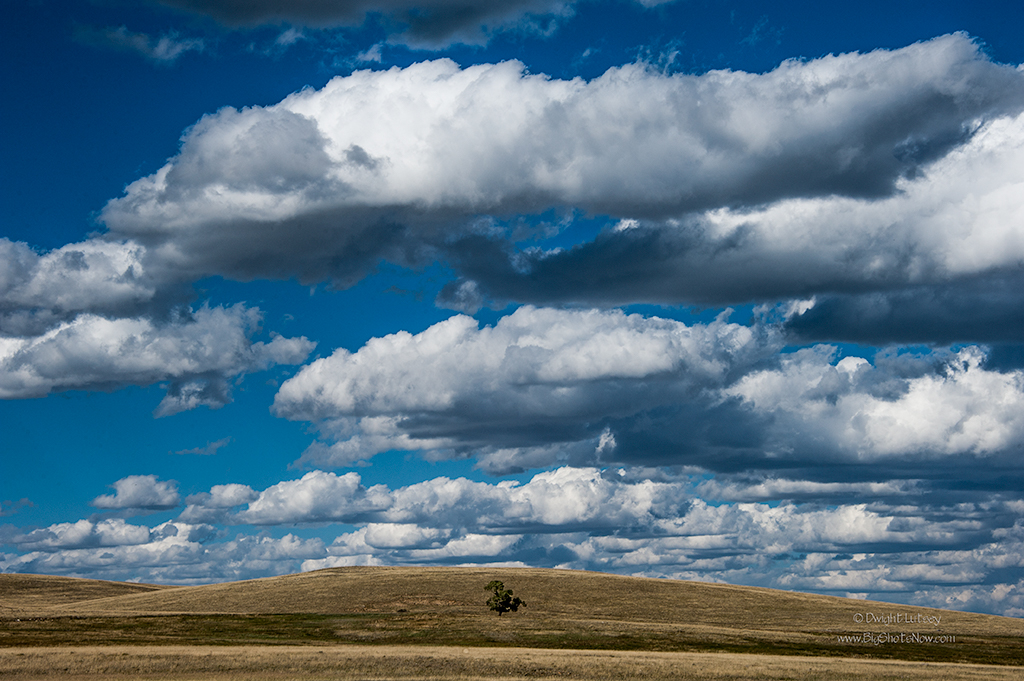
It was early in the morning Saturday when I got the call. I had just sat down to do some serious blog writing when the sound of my ringtone “In-A-Gadda-Da-Vida” blared through the office thoroughly erasing the story from my mind I had intended to write . As you know this is a song by Iron Butterfly from their 1968 album “Songs My Mother Sang To Me” and I chose it because it is seventeen minutes long which gives me plenty of time to decide if I want to answer it or not.
“This had better be good, dogbreath.” I said into the phone. My caller, a spotter I used periodically to notify me if she found anything interesting was too excited to catch my tone and went on breathlessly. “Boss, I found it! I found the tree that grows in Wyoming.”
“Bull Dimples!” I yelled back at her. “You called me at 4:15 in the morning to feed me crap like this?” She never missed a beat and went on to tell me that as she drove along one of the back roads near the Colorado border there it was. The tree.
For years there have been rumors of a tree actually growing in Wyoming. Thousands have sought it out. Whole fortunes have been lost looking for it. Reputations have been ruined and lives wrecked searching for the tree that grows in Wyoming. And now my spotter says she found it. I was skeptical. It wasn’t until she sent me a grainy out of focus image from her BlackBerry that I began to think may be she had found it. If so I needed to be up there and get proper proof before we announced it to the world. The risk of ridicule was too great to mishandle this. I got what details she could give me, told her we’d talk about compensation if the story proved out and immediately began plans to leave.
For the record there are trees in Wyoming but they’re mainly restricted to the western part of the state and found up on the sides of mountains where they’re difficult to get at unless you’re like, a mountain goat or something. What we’re talking about here are trees on the plains of Wyoming. There aren’t any. And as Wyoming is 740% plains that’s a lot of no trees. The natives living here will tell you that isn’t so but tall bushes are not trees and don’t count. So finding that tree is a really big deal. Just think of the tourist dollars that would add to the state’s coffers. The person that brings this discovery to the world will be the next face on Mt. Rushmore even if that is in South Dakota.
I needed to plan my strategy carefully. I decided the best plan would be to ease up on it, kind of like you do at a single’s bar where there is real danger in spooking it off if your approach is too straight forward. I took the southern route leaving the Institute and heading west on Hwy 14 up the Poudre canyon, following the Cache La Poudre river, passing through the small towns of Spencer heights, Gould, and Walden, where I picked Hwy 40 towards Steamboat Springs and on to Craig, Colorado.
I wanted to immediately drive up Hwy 13 into Wyoming. I felt the excitement building, I was closing in on my quarry and hopefully I would soon approach it. However the Bokeh Maru was somewhat fatigued from the altitude change and needed to rest. Craig was a good place for that. In the morning we would take Hwy 70 in Wyoming and begin our stalk. I hoped beyond hope that no one had tipped the tree off and this would not become another hopeless quest. It was a difficult night for me with our quarry so close. The Bokeh Maru slept like a baby. It was like she wasn’t even aware of the importance of our mission.
The next day, after filling the Bokeh Maru’s tanks, we left and picked up Wyoming Hwy 70 which led us to Hwy 130 where we could almost smell that tree. All we had to do was climb Battle pass, snake down the switchbacks until we overlooked Centennial, Wyoming and then if our spotters directions were correct we’d be on that tree before it could shake its little branches and scamper back to its hiding place. That was not going to happen today. Not on my watch.
As you drop down the long sloping highway above Centennial you can see forever. They call it the Laramie plains and for every mile you can think of, there are long rolling hills covered with golden grass waving in the wind. I was thankful for the wind today, as it seldom blows in Wyoming, to cover the sound of the Bokeh Maru as we crept up over the last hill. Being Labor day and a holiday there were practically no cars on the road. Everyone must have been at labor because we alone on the highway as I cut the engine and coasted up to where the tree had last been reported and there it was. The tree at last. That lone green sentinel in a sea of golden grass. I was stunned to my core. I had found it at last.
I immediately took its picture, in fact I took two in case I lost one and then ran up to it and drove a stake through one of its roots pinning it to the ground. This was done in a humane way using recycled stakes and an OSHA approved hammer. This tree was not going to disappear before I could get my image published and the proper officials notified and begin the process of raking in the dough. The only worry that I had as I triumphantly returned to The Institute was that the wind didn’t blow the stake out of the ground and release the tree. There was little chance of that however, because as I mentioned before, the wind rarely blows in Wyoming and then it’s usually just a gentle little zephyr to cool off a hot day.
I couldn’t wait, I had to show you my loyal readers, the picture of the only tree in Wyoming before you saw it on CNN. My meeting with all the most important officials of the State of Wyoming is set for this Thursday and I’ve told them to bring their checkbooks. Now if I can just get an up to date weather report to make sure it’s going to be a calm sunny day I’ll be able to sleep tonight. I can’t wait to be rich.

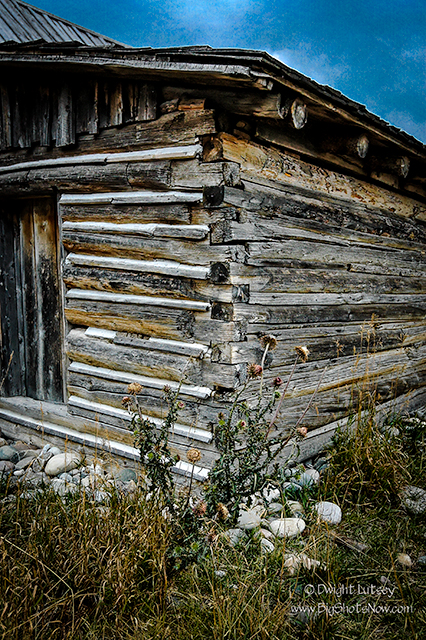

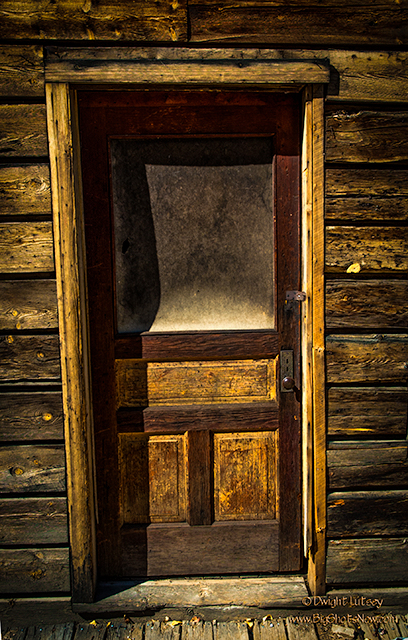
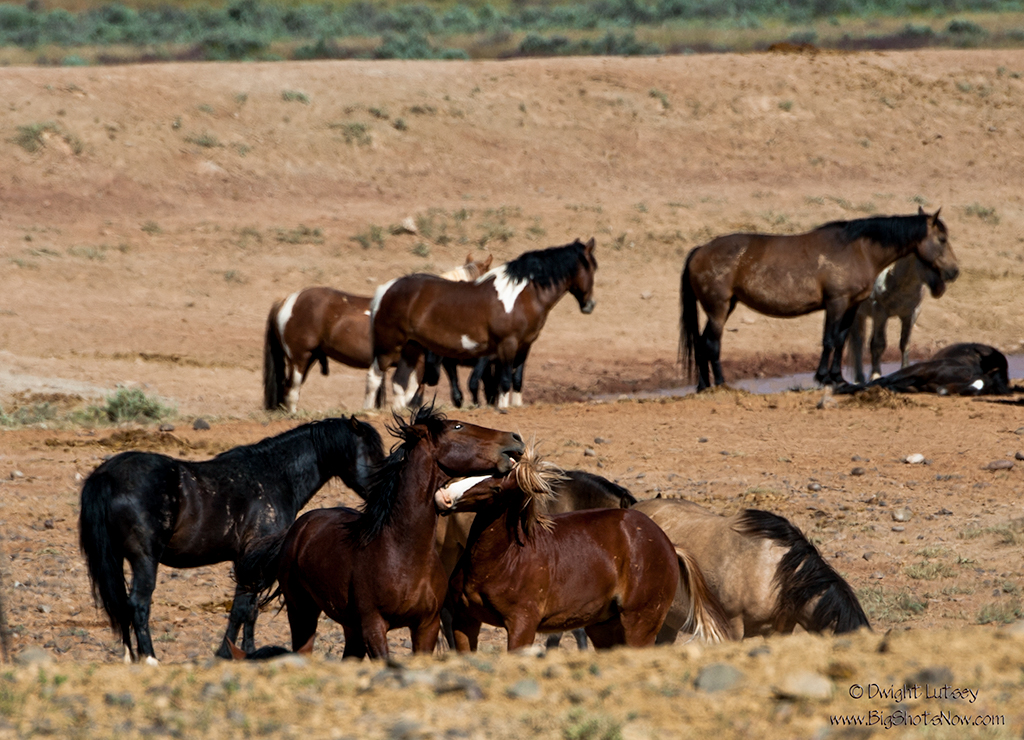
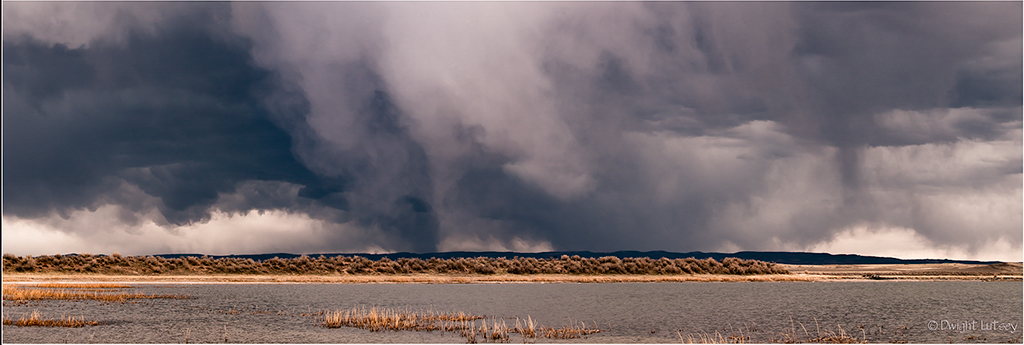
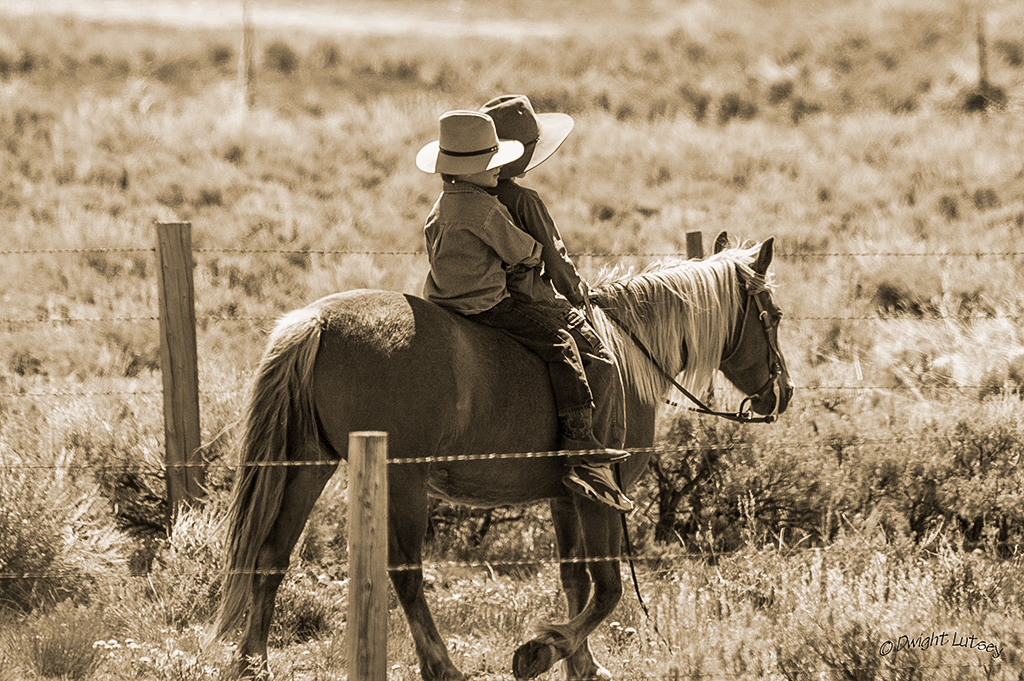
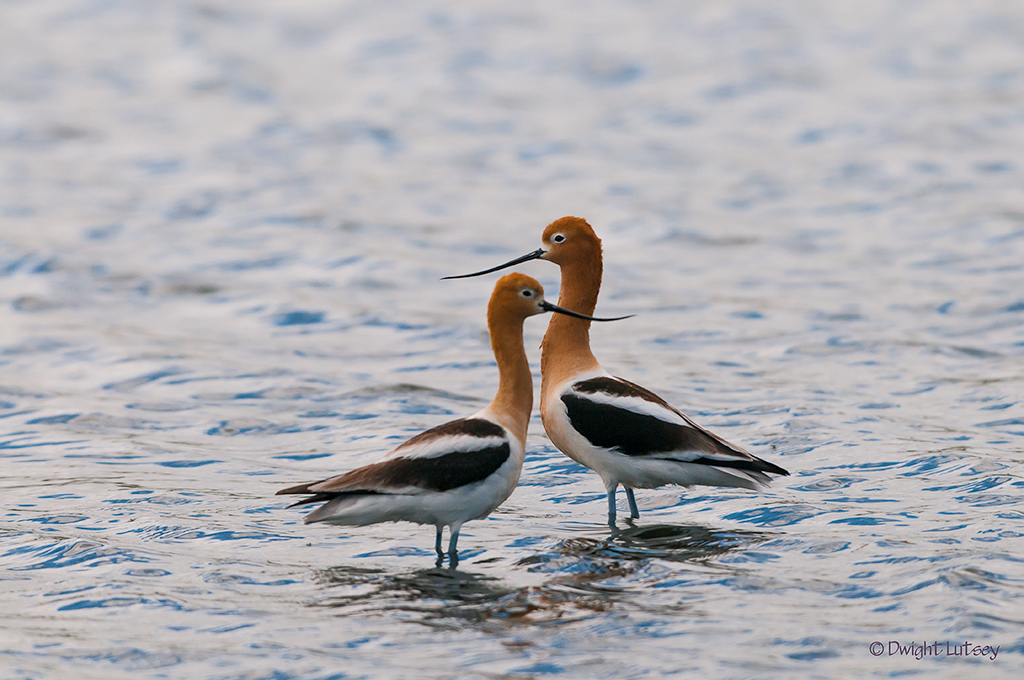
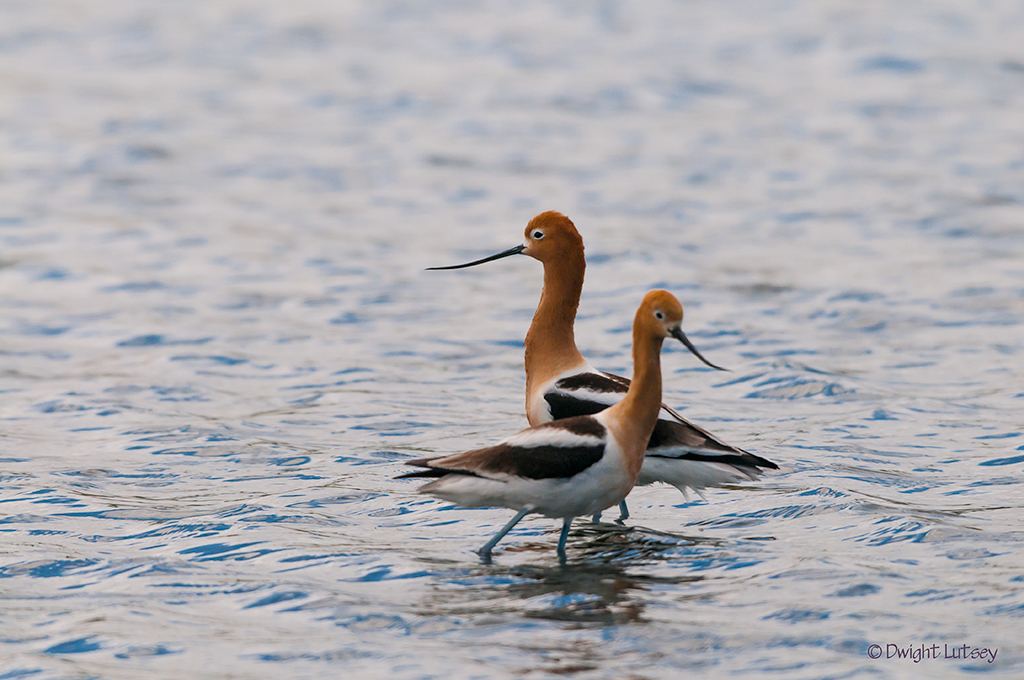
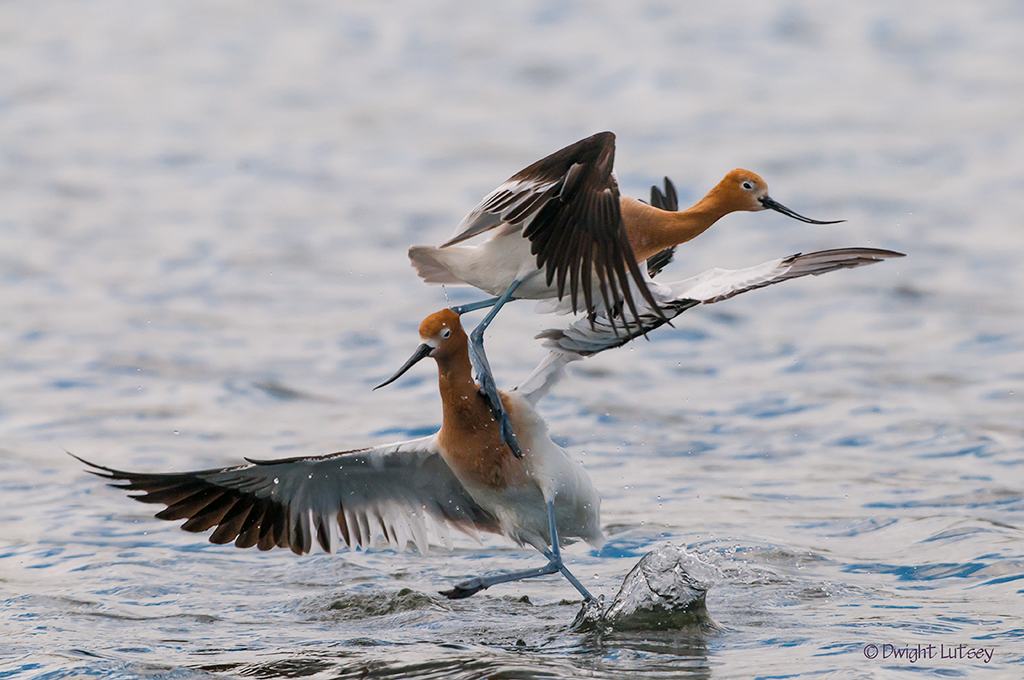
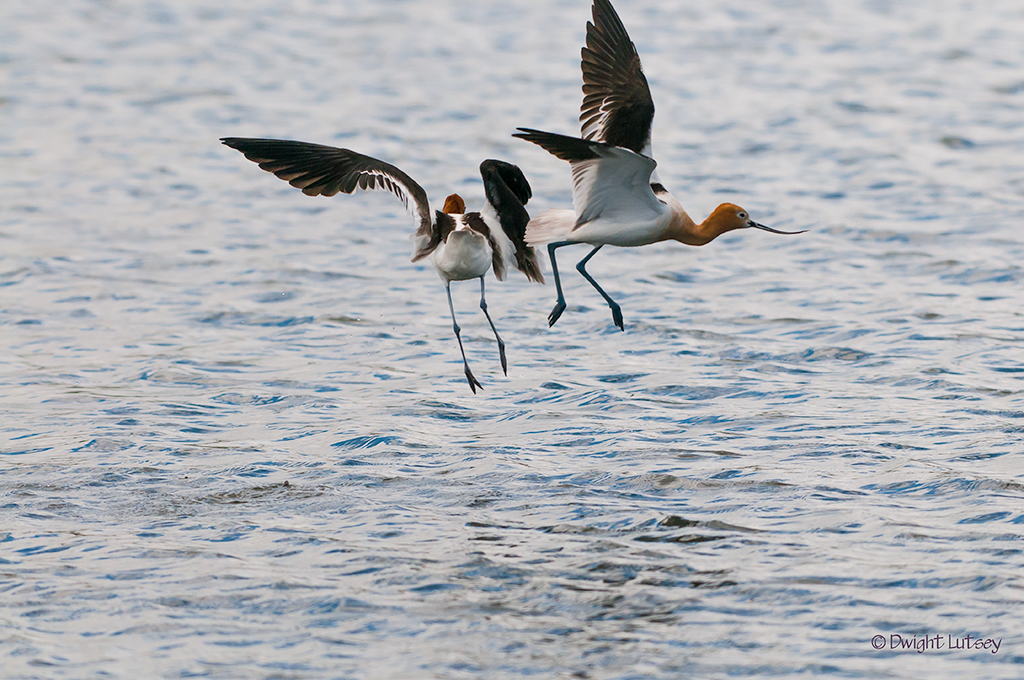
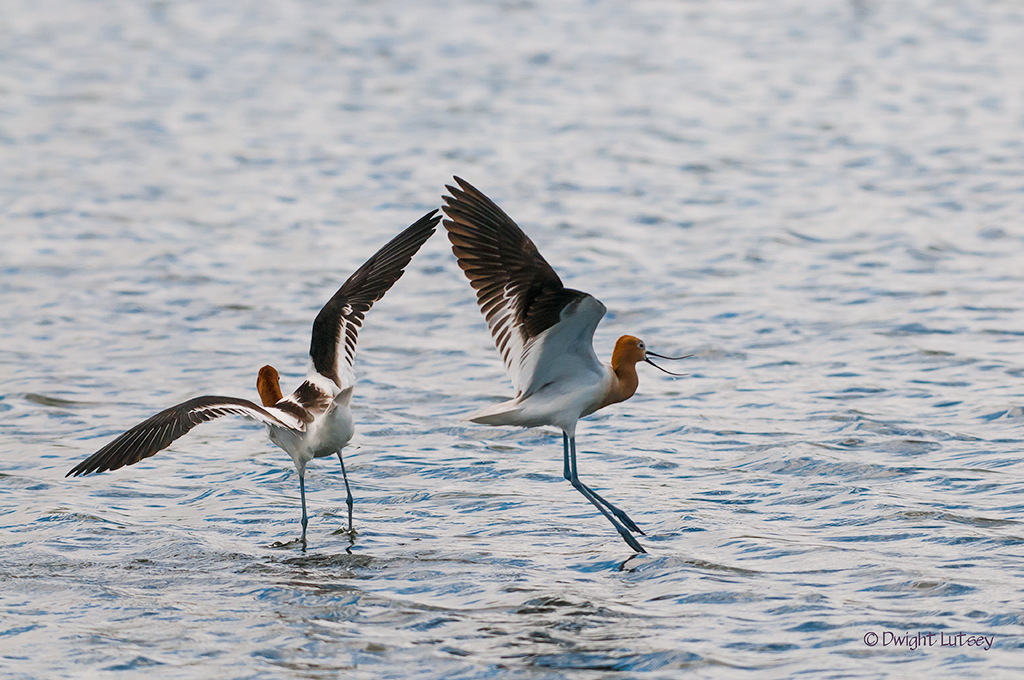
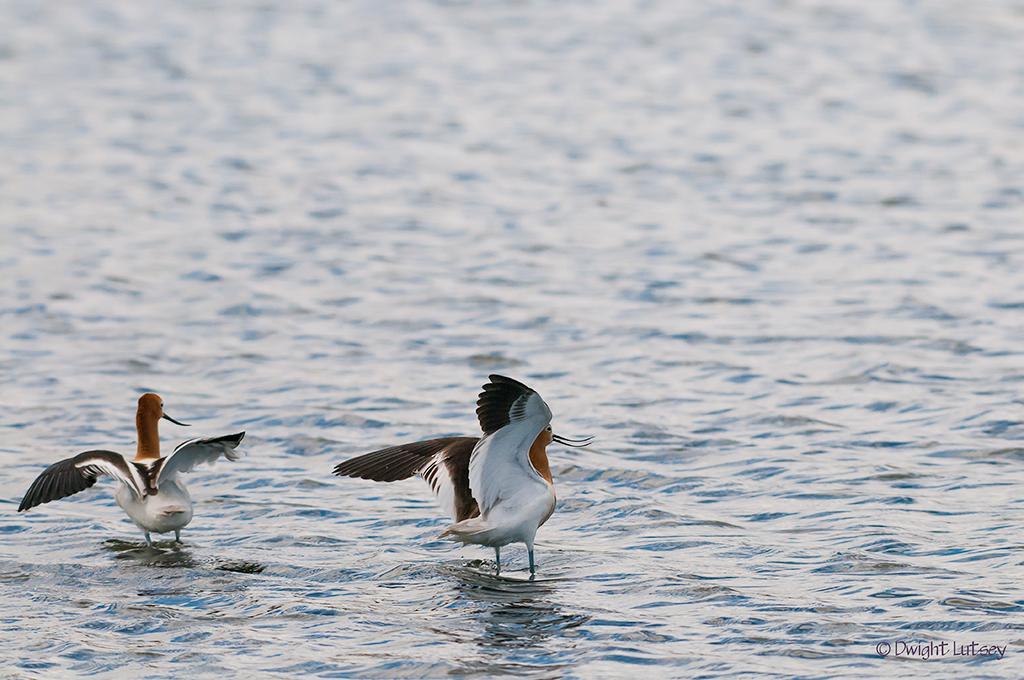
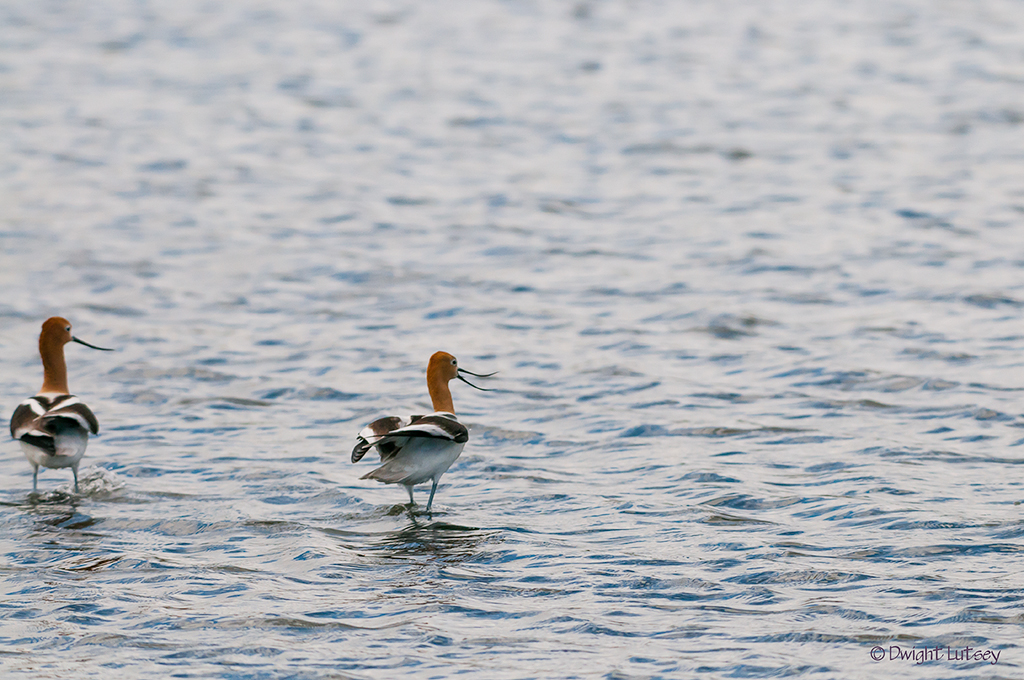
You must be logged in to post a comment.